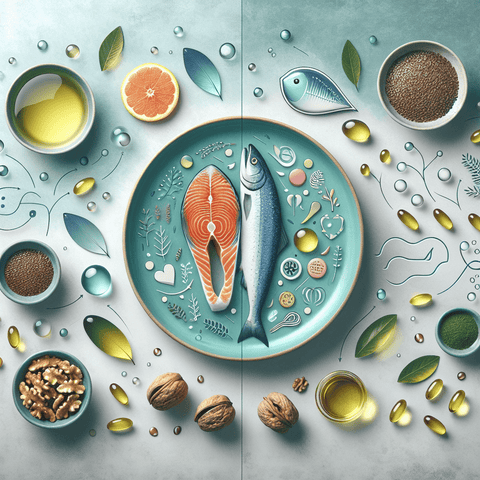Omega-3 deficiency dietary sources are the focus of this page, with a straightforward look at options you can consider. The list includes salmon, sardines, flaxseeds, chia, walnuts, and algae, presented in a practical, everyday context. The goal here is to identify accessible options and show how they might fit into a regular routine, without turning the content into health claims or recommendations. Practical tips you can use today start with simple planning. Build a short, flexible shopping list that includes a couple of options from the list and a mix of forms (fresh, canned, dried, or powdered) to fit different occasions. Keep versatile staples on hand, and think about how you can rotate between items to keep options varied. Storage and prep ideas—like keeping seeds in a cool, dry place or having ready-to-use portions for quick assembly—can help you implement these omega-3 deficiency dietary sources more easily. Ways to incorporate these sources into daily meals and snacks can be flexible and simple. For example, you might add a portion of salmon or sardines to meals, sprinkle flaxseed or chia into baked goods or drinks, or use walnuts as a topping or crunch element. Algae-based products can be explored as additions to sauces or other flavorings. The emphasis is on practical execution and variety, so you have multiple ways to include the listed dietary sources. This page centers on omega-3 deficiency dietary sources and practical tips you can use today. If you have specific dietary needs, preferences, or restrictions, consider consulting a professional for personalized guidance.

